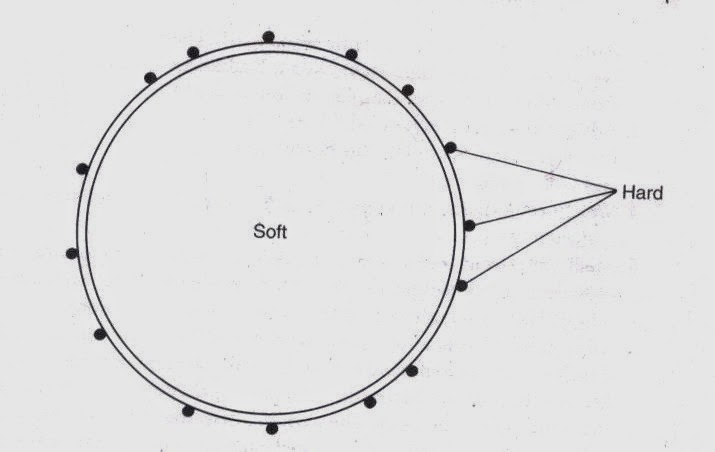I was walking down the market street of Okinawa, Kokusai Dori, with two great karate masters, Higa Minoru and Higa Oscar Sensei after a hard training session at Kyudokan Hombu Dojo. That was my first encounter with Kyudokan. Oscar sensei was still explaining the principles of Kyudokan on the way to Minoru sensei's home. Suddenly he asked, 'Do you know eggs?'. Yes, that's exactly what he asked.
"Oh yes, Can I have few now. I'm pretty hungry right at the moment' I replied. Yes, Sensei".
"My father used to tell me, when you beat eggs more and more, you get more and more cream. Can you understand this? Likewise, in karate, if you repeat the same technique again and again, you will get more and more cream in your technique'.
Interestingly one of the most important principles of Okinawan karate, repetition of a technique at its maximum level, was taught by my sensei, while walking along the Kokusai street with this 'eg(g)sample'.
Today many students want to learn a lot of things in a short time period without perfecting a single technique. A Shaolin monk has one said, "I don't fear the man who knows thousand techniques. I fear the man who practiced one technique a thousand times".
However, I've seen some karateka training same technique thousands of times each day, but without any notable improvement in their technique. If repeating a single technique can give more cream to your karate, why they don't have a noticiable improvement in their technique? The main reason for this is lack of corrections, guidance and supplementary exercises.
Imagine a karateka who repeats a technique wrongly for a long period of time. Instead of improving his technical level, the mistakes will become habits and consequently his technique will become worse, ineffective and can cause health problems too.
Interestingly, these habits can be sometimes seen from well known masters too. But, shhh... They are masters, so their students justify those habits as special way of performing it or as a 'secret way' of training.
So, to excel one's technique repetition of technique should be done with proper guidance of a knowledgeable teacher with corrections and also supplementary training. For example to perfect punching techniques, the training should be supplemented with training aids such aschishi, sashi, makiwara training and various other training methods along with guidance and corrections of a teacher and repetition of the technique at its maximum level.
Beating eggs alone can't make your gateau. You should find all other good quality ingredients along with a good chef.
"
"My father used to tell me, when you beat eggs more and more, you get more and more cream. Can you understand this? Likewise, in karate, if you repeat the same technique again and again, you will get more and more cream in your technique'.
Interestingly one of the most important principles of Okinawan karate, repetition of a technique at its maximum level, was taught by my sensei, while walking along the Kokusai street with this 'eg(g)sample'.
Today many students want to learn a lot of things in a short time period without perfecting a single technique. A Shaolin monk has one said, "I don't fear the man who knows thousand techniques. I fear the man who practiced one technique a thousand times".
However, I've seen some karateka training same technique thousands of times each day, but without any notable improvement in their technique. If repeating a single technique can give more cream to your karate, why they don't have a noticiable improvement in their technique? The main reason for this is lack of corrections, guidance and supplementary exercises.
Imagine a karateka who repeats a technique wrongly for a long period of time. Instead of improving his technical level, the mistakes will become habits and consequently his technique will become worse, ineffective and can cause health problems too.
Interestingly, these habits can be sometimes seen from well known masters too. But, shhh... They are masters, so their students justify those habits as special way of performing it or as a 'secret way' of training.
So, to excel one's technique repetition of technique should be done with proper guidance of a knowledgeable teacher with corrections and also supplementary training. For example to perfect punching techniques, the training should be supplemented with training aids such aschishi, sashi, makiwara training and various other training methods along with guidance and corrections of a teacher and repetition of the technique at its maximum level.
Beating eggs alone can't make your gateau. You should find all other good quality ingredients along with a good chef.
 |
| Yuchoku Higa Sensei trained on Makiwara |









